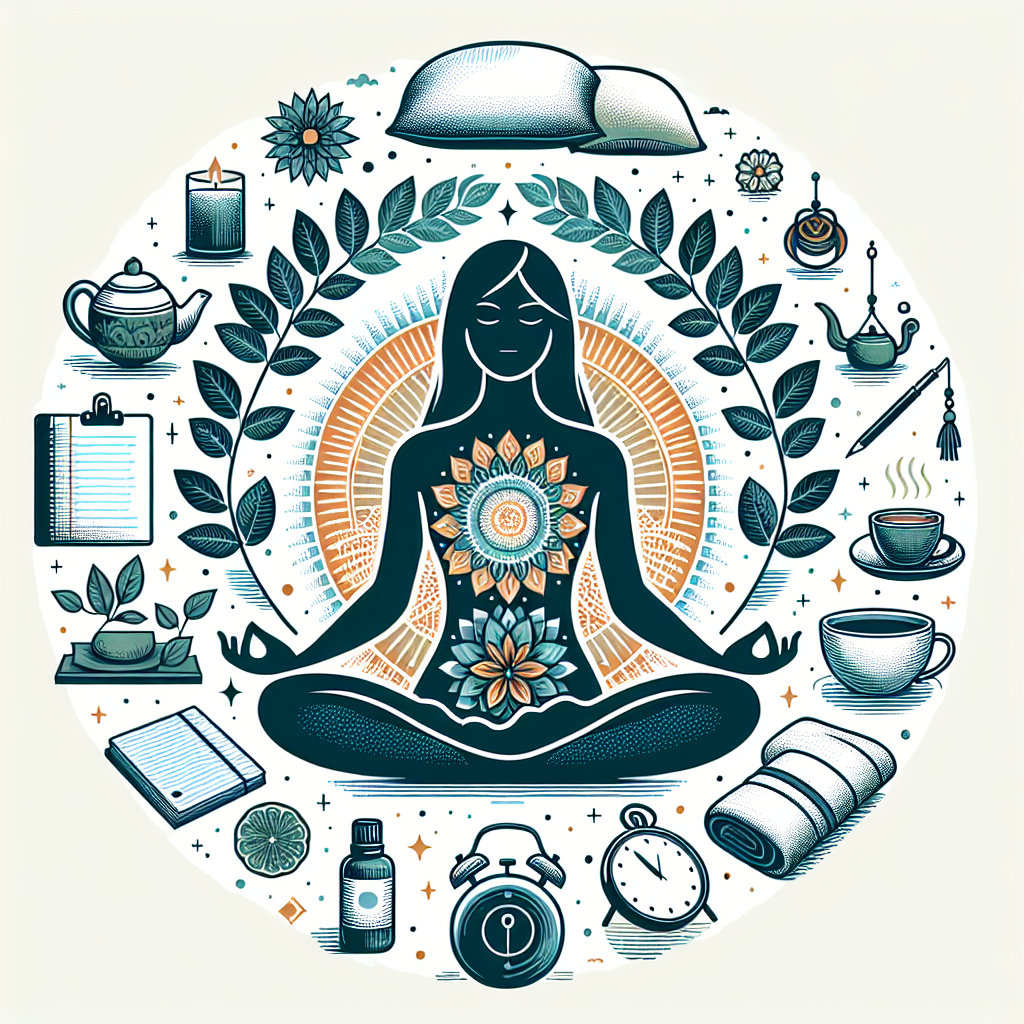Top 10 Proven Stress Reduction Techniques You Need to Try Today!
In today’s fast-paced world, stress has become an omnipresent challenge that millions face daily. From demanding work schedules to personal life pressures, stress infiltrates our lives, leading to a myriad of physical and mental health issues. In response to this escalating issue, various stress reduction techniques have emerged, offering solace and balance. This article delves into the top 10 proven stress reduction techniques, their historical roots, practical applications, scientific backing, and how you can incorporate them into your routine to foster a more serene and focused life.
The Concept and Significance of Stress Reduction
Stress, the body’s response to perceived threats or challenges, results in physical and emotional reactions. Acute stress can be a motivator, but chronic stress wreaks havoc on the body, contributing to ailments such as hypertension, heart disease, diabetes, depression, and anxiety disorders. Hence, mastering stress reduction techniques is vital for maintaining overall health and well-being.
Stress reduction techniques are methods and practices that help mitigate the adverse effects of stress, enhancing one’s ability to cope with daily pressures. These techniques range from physical exercises to cognitive strategies, all designed to promote relaxation, sharpen focus, and improve mood.
Historical Roots and Evolution of Stress Reduction Techniques
The quest for stress relief is not a modern phenomenon. Ancient civilizations developed various practices to attain peace and balance:
-
Meditation: Rooted in India and later adopted by various cultures, meditation has been practiced for thousands of years. Buddhism, Hinduism, and Taoism all emphasize meditation as a path to enlightenment and inner calm.
-
Yoga: Originating in ancient India, yoga combines physical postures, breath control, and meditation. It was designed to prepare individuals for prolonged meditative practices and promote holistic wellness.
- Tai Chi and Qigong: These Chinese practices involve slow, deliberate movements coupled with deep breathing and focus, promoting physical and mental harmony.
Over centuries, these traditions evolved and integrated with modern science, resulting in an array of effective stress reduction techniques that we can harness today.
Top 10 Proven Stress Reduction Techniques
Here are the top 10 techniques that have consistently shown benefits in reducing stress:
-
Mindfulness Meditation: This practice involves paying attention to the present moment without judgment. It enhances emotional regulation, reduces anxiety, and improves concentration.
-
Deep Breathing Exercises: Techniques such as diaphragmatic breathing, the 4-7-8 method, and alternate nostril breathing can activate the body’s relaxation response, reducing stress.
-
Progressive Muscle Relaxation (PMR): This technique entails tensing and then slowly releasing different muscle groups, promoting physical relaxation and mental calm.
-
Physical Exercise: Regular aerobic exercises like running, swimming, or cycling release endorphins, reduce stress hormones, and improve mood and sleep.
-
Yoga: Beyond its physical benefits, yoga promotes mental clarity and emotional stability through mindfulness, breath control, and bodily awareness.
-
Journaling: Writing down thoughts and feelings can provide a healthy outlet for stress, offering clarity and perspective.
-
Art Therapy: Engaging in creative activities, such as drawing, painting, or sculpting, can be a therapeutic way to manage stress.
-
Music Therapy: Listening to soothing music or playing an instrument can lower stress levels and promote relaxation.
-
Spending Time in Nature: "Ecotherapy," or spending time outdoors, has been shown to reduce stress and improve mental health.
- Social Connections: Maintaining strong relationships and having a support system can buffer against stress and promote emotional well-being.
Practical Applications in Everyday Life
Incorporating these techniques into daily life doesn’t require drastic changes. Here’s how you can seamlessly integrate them:
- Morning Routine: Start your day with 10 minutes of mindfulness meditation to set a calm tone.
- Work Breaks: Use short breaks to practice deep breathing exercises or get in a quick walk.
- Evening Wind Down: Engage in a yoga session or journaling to decompress from the day’s stresses.
- Weekend Activities: Plan nature hikes or social gatherings to foster connection and rejuvenate your spirit.
Scientific Evidence and Expert Opinions
Current research supports the effectiveness of these stress reduction techniques:
- Mindfulness Meditation: A study published in JAMA Internal Medicine found that mindfulness meditation can significantly reduce symptoms of anxiety, depression, and stress.
- Deep Breathing: Research in the journal Frontiers in Psychology shows that deep breathing can activate the parasympathetic nervous system, facilitating relaxation and reducing stress.
- Exercise: The American Psychological Association reports that regular physical activity improves mood and mitigates stress.
- Yoga: A review published in the journal Complementary Therapies in Clinical Practice highlights yoga’s benefits in reducing stress and improving mental health.
Experts advocate for a personalized approach, finding techniques that resonate best with individuals and encouraging consistency for optimal results.
Common Misconceptions and Challenges
Many people face misconceptions and challenges when trying these techniques:
- Myth: “Meditation requires too much time.”
- Reality: Even a few minutes daily can make a significant difference.
- Challenge: “I can’t quiet my mind during meditation.”
- Solution: Focus on the breath or a simple mantra; it’s about practice, not perfection.
Actionable Tips for Beginners and Advanced Practitioners
For beginners:
- Start small and be consistent. Dedicate 5-10 minutes each day to your chosen technique.
- Experiment with different methods to find what works best for you.
For advanced practitioners:
- Deepen your practice by increasing time or exploring advanced techniques.
- Share your experiences with others and perhaps join a community for support and motivation.
Conclusion
Adopting stress reduction techniques is a transformative step towards a healthier, more balanced life. Whether you’re just beginning or looking to deepen your practice, the benefits of these techniques are profound and long-lasting. By integrating these practices into your daily routine, you cultivate resilience, enhance focus, and promote overall well-being. Embrace these top 10 proven stress reduction techniques today, and embark on a journey toward a more peaceful and fulfilling life.

